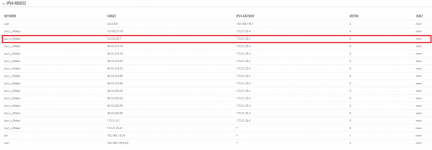If BOTH sites are behind a CGNAT I see no chance to connect them directly. A router with a proper static IP would be needed which would interconnect these CGNATed nets.
For this, I'd recommend IPSEC, IKEv2.
I don't like L2TP, let alone PPTP.
A provider CGNAT will always interfere.
For this, I'd recommend IPSEC, IKEv2.
I don't like L2TP, let alone PPTP.
A provider CGNAT will always interfere.





